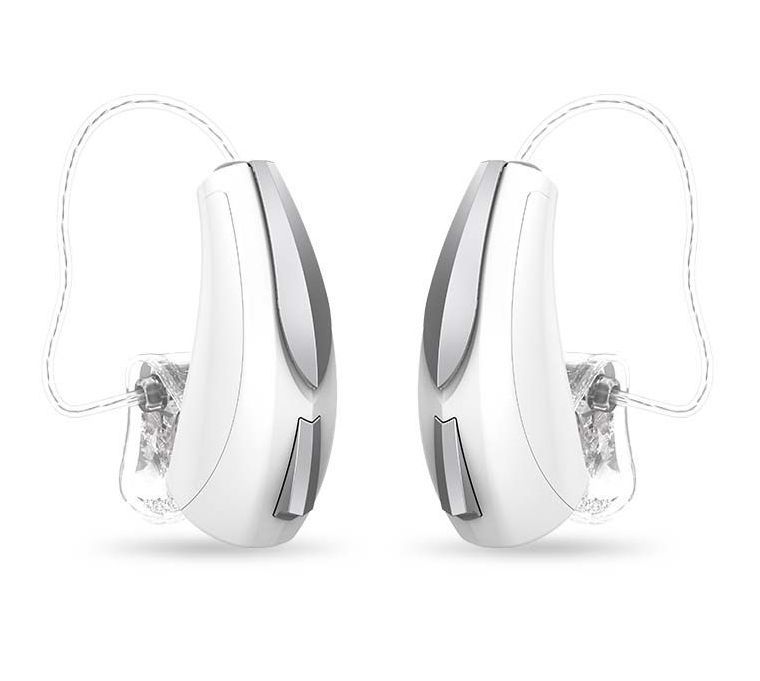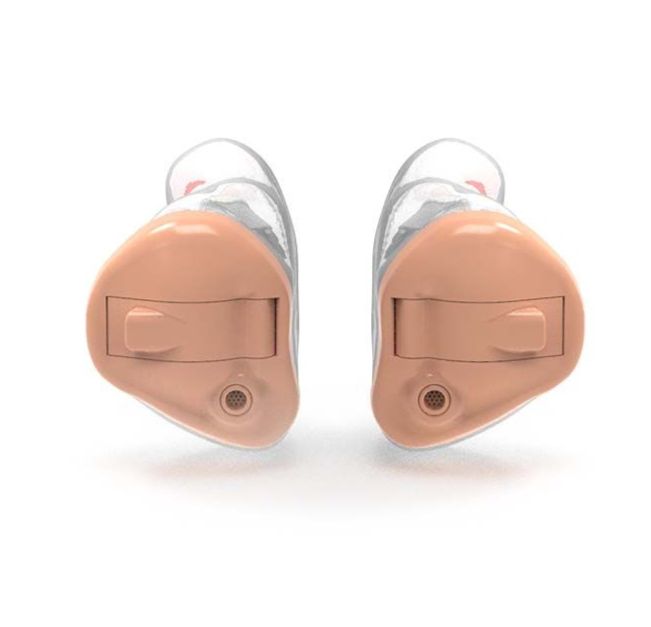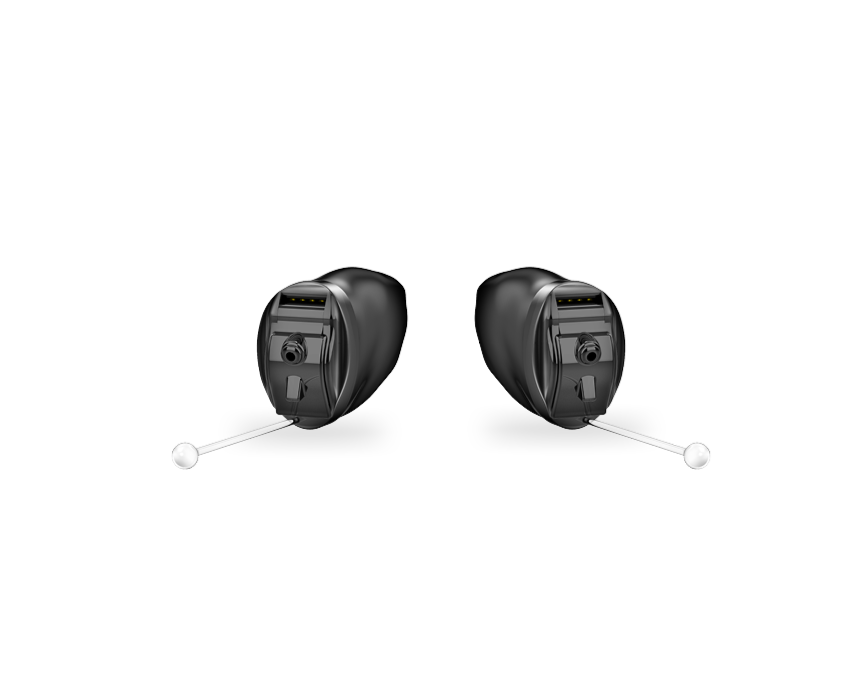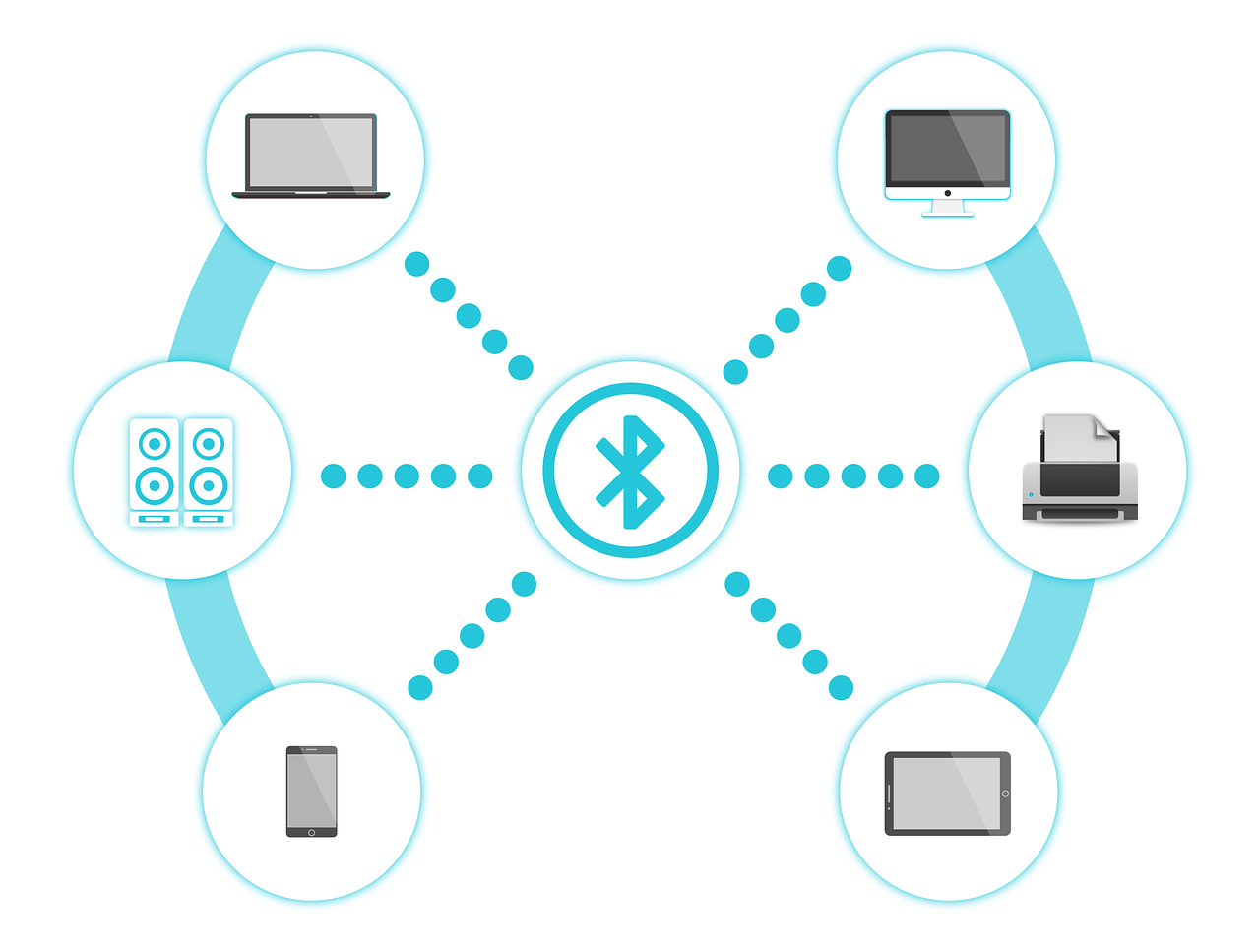HEARING AIDS
Hearing assistance technology is evolving rapidly. Many kinds of hearing aids are available — from entirely invisible aids that sit in the ear canal to behind-the-ear types packed with the latest features. Some of the latest features include bluetooth wireless connectivity and artificial intelligence options.
Hearing aids cannot cure hearing loss, but they will intensify the sounds you need to help improve your hearing and they will help to reduce background noise. By reducing background noise, hearing aids assist the hearing system to focus on those sounds and voices that you want to hear. Here is a guide to some of the most common hearing aid types.
Behind The Ear (BTE)
These are some of the most powerful hearing aids available. The durable plastic casing fits right behind your ear. The custom earmold is designed to correspond with the exact contours of your ear canal. There are normally a variety of colors to choose from. The BTE hearing aid provides a wide range of programmable features and can be customized to suit your hearing needs.
Receiver-In-The-Canal (RIC)
Because of their ease of use and balance between size, hearing loss range, and variety of features, these are among the most common models for first-time hearing aid wearers. RIC hearing aids have their sensors, batteries, and microphones stored in a case worn in the back of the ear. A thin, sculpted wire carries the amplified sound to a speaker that fits into the ear canal. The RIC style works well for hearing loss levels ranging from mild to severe.
In The Ear (ITE)
These hearing aids fit entirely into the outer ear and are used for moderate to severe hearing loss. The case where the electronic components are stored is made from hard plastic. Many ITE aids can come with other added features, such as a telecoil and wireless connectivity.
In-The-Canal (ITC)
Write a description for this list item and include information that will interest site visitors. For example, you may want to describe a team member's experience, what makes a product special, or a unique service that you offer.
Hearing Technology
Rechargeable batteries
The advent of Lithium-ion technology (sometimes referred to as the Li-on) has been a game-changer in the world of rechargeable batteries. These are based on the battery type used in cell phones, which have more reliable power than other rechargeable batteries. Starkey Hearing Technologies has the only custom rechargeable hearing aid on the market at this time.
There are several advantages to buying a hearing aid with a lithium-ion rechargeable battery option:
- Best For Limited Dexterity: Those with limited dexterity don't need to change batteries every week.
- Convenient: Rechargeable batteries will give you a full day of power with an overnight charge. Just like charging your phone – you place it in the charger before going to bed, and when you wake up in the morning, you'll have a full-power charge.
- Long-Lasting:
The rechargeable battery lasts a long time, often for the life of the hearing aid itself.
Direct Bluetooth connectivity
Hearing aids with Bluetooth connectivity have been around for a while, but require a standalone streamer to help you connect. That has all changed with 'Made for iPhone' and 'Made for any phone' hearing aids. Hearing aids can now directly connect to your computer, TV, music players, and any other Bluetooth-enabled device.
Which Hearing Aid Is Best For You?
The hearing aid that best fits you depends on whether you are looking for the best features or the smallest size, and the extent of your hearing loss. We can't wait to help you make the right decision and pick a hearing aid that best suits your lifestyle and needs






